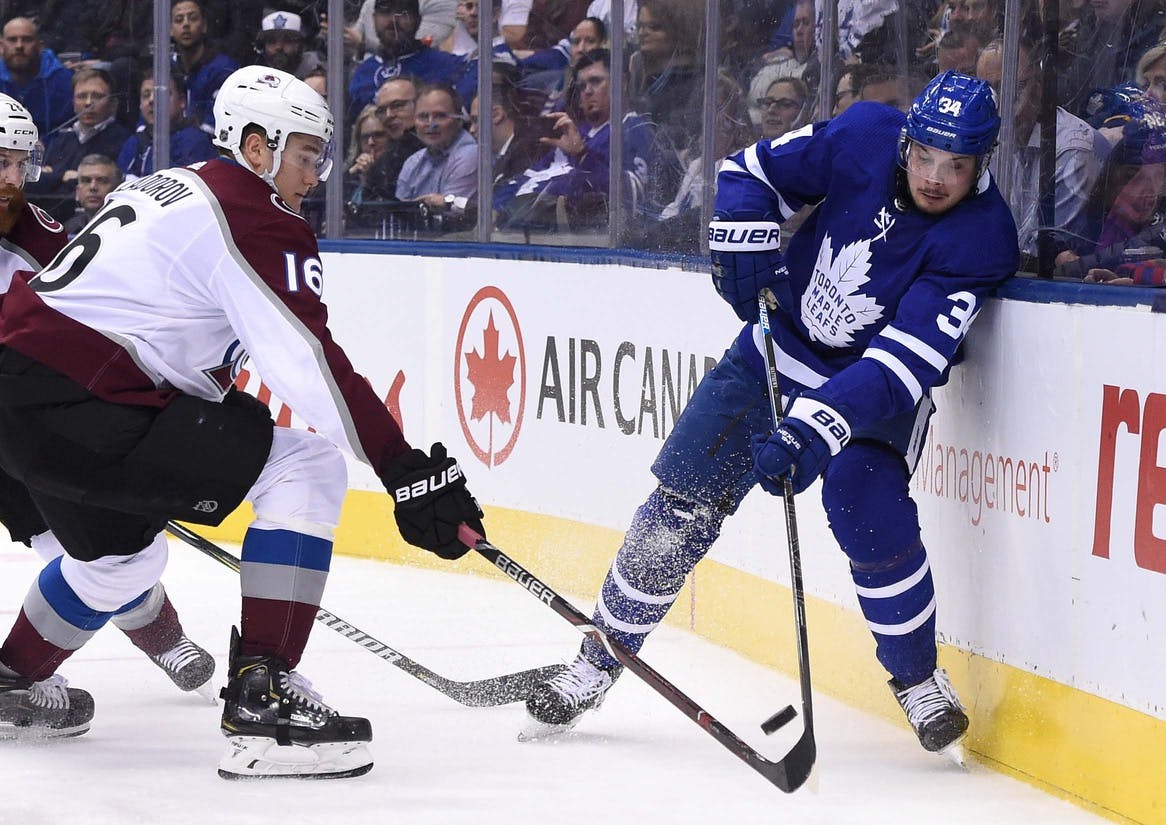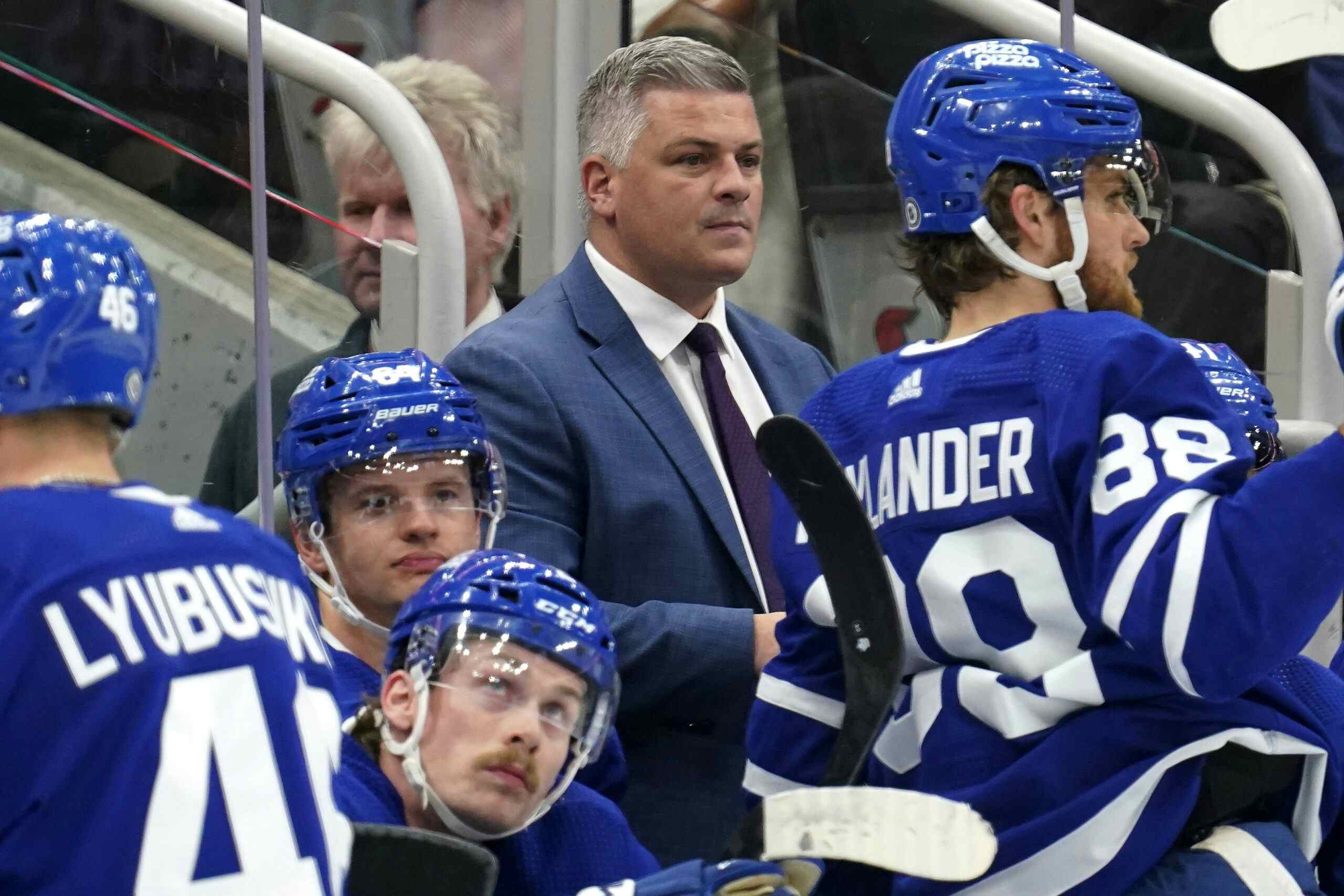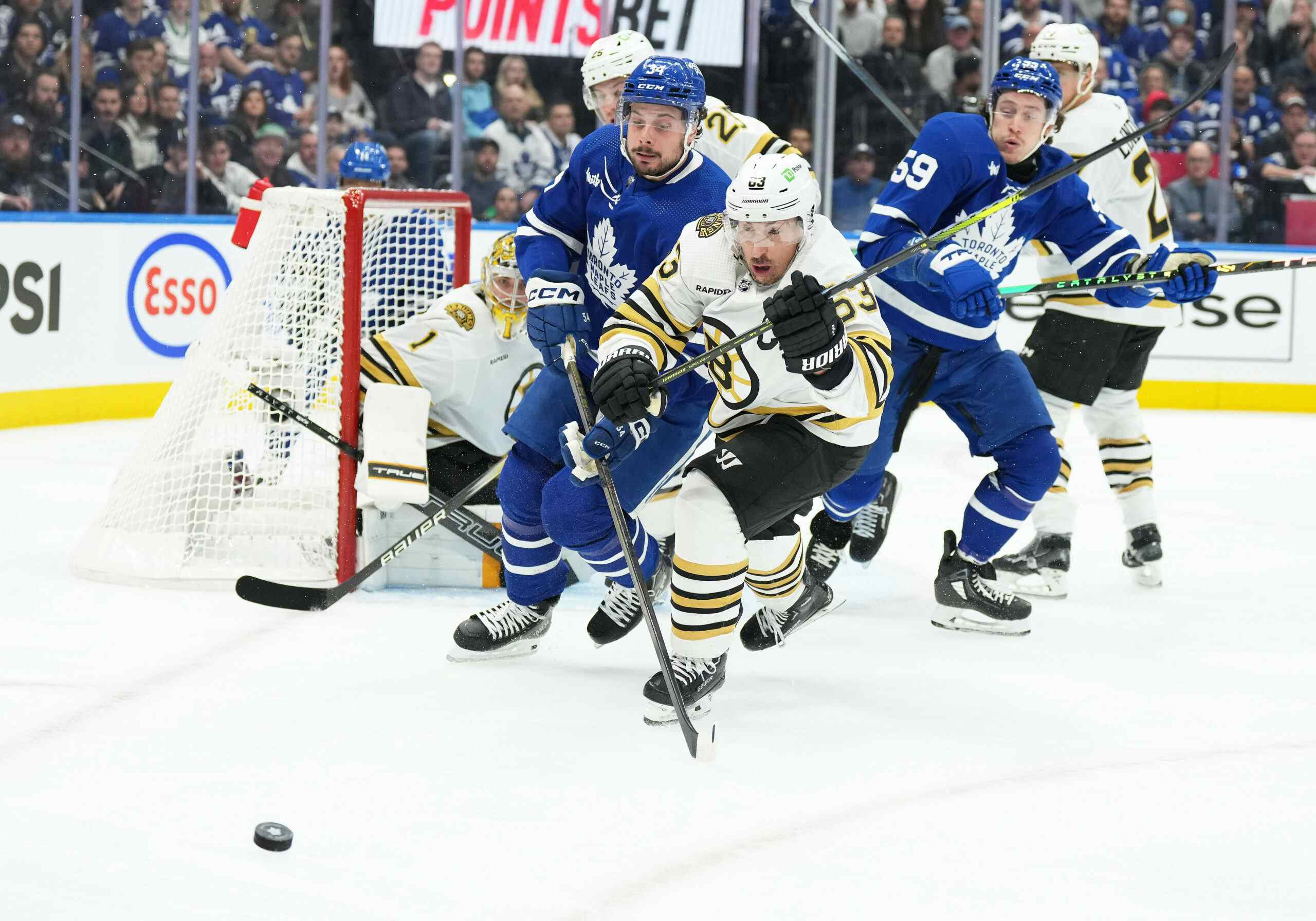A front office with no fear of being smart can do wonders

By Ryan Fancey
4 years agoIf I had to pick who the best, say, three general managers in the NHL are at this moment, I’m not entirely sure who I’d narrow it down to. No doubt Kyle Dubas would be in there somewhere, but honestly, there are now a number of teams who seem to be doing good things at different levels, and if you asked the question to Dubas himself he’d probably say the same. A couple front offices like the Hurricanes and Avalanche seem to have turned a major corner, and clearly now rely on who they’ve hired in recent years to make analytically sound moves, skirting the risk of foolish overpayments and bad trades. Maybe Jeff Gorton and the Rangers are smart, I don’t know, their rebuild seems to be on a nice fast-track. Tampa obviously has something good going on, Boston constantly fills out their roster with capable players, the Blues have always been active on trade fronts and it finally paid off. It’s a weird landscape out there in terms of who’s ahead of who, and it seems to change a lot. Even Marc Bergevin has a few bold plays every year to go along with some mishaps.
What the Leafs clearly have in Dubas, though, is a general manager who’s up front about how he believes the team can be improved, someone who’s definitely tuned in to what the fans are thinking and expecting, and is always prepared for and protected from anything that’s coming his way. It’s a major change-up from where the Leafs were a few years ago: Leaderless, lame, and being pulled in forty different directions.
But Dubas isn’t a magician. He can’t take every perfect move you’ve dreamed up in an online simulator and make it reality. That’s why, heading into this offseason, he was almost put into what seemed like a no-win situation. The Leafs were going to lose players around the edges, they had to make room for their big four. They were stuck with some egregious contracts left behind by Lou Lamoriello in Zaitsev and Marleau, to the point they almost looked unmovable. At the very least they were going to pay a premium to get out of those.
Just navigating all that and bringing back their core intact was going to be a major task. Actively going beyond that to make clear improvements was going to be a struggle.
But, like, they did it. Dubas and the front office got around the roadblocks and got really busy moving out low-to-dead-value contracts. And they didn’t get hurt too much doing it either.
The two true assets the Leafs unloaded (so far) this summer were a 1st round pick in 2020 and Nazem Kadri. But even then, the so-called premium many people are attaching to those departures might be slightly overblown. The pick sent to Carolina in the Marleau trade definitely stings, but mostly from an asset perspective, not what the pick itself is capable of producing. The hurt there came from the fact Toronto won’t have that asset to flip at the deadline for help, they’re likely well aware that a pick that will most likely end up in the 20s is no more a sure thing than one in 40s or 50s. So goes the way of draft pick value in the NHL.
On the Kadri front, Toronto lost a third line center with second line skill, and that’s typically someone you want to hold on to; It’s a clear case of getting positive value. But while his cap hit of 4.5-million AAV is well known as a team-friendly deal, Kadri is turning 29 years old heading into this season. The Leafs brought back Alex Kerfoot in that deal to essentially get younger and around 1.0-million cheaper in that same slot, because upgrading elsewhere and balancing the roster eventually outweighed the luxury of having Naz in a role he was better than. I’d almost go as far as arguing Kadri for Kerfoot straight up would nearly be worth the trade just for the cap savings and a better fit, adding Barrie to the mix for a 2.75-million AAV is just a bonus.
The thing to keep in mind is that drafted players usually start to peak in their fourth or fifth season – around 22 to 24 years old – which is precisely where the Leafs are headed with all of Matthews, Nylander and Marner. They’ve been fortunate to have a lot of the rubber hit the road with these guys since they were rookies, but the team is entering a phase now where they should start to light it all on fire. True prime years. That should mean more minutes, more responsibility than ever before, and needing a cheaper supporting cast that does just that, supports. Having an overly talented bottom six forward was nice, but getting more balance and flexibility was more important, as was landing an high-end offensive talent to the blue line who can do well in feeding pucks to those aforementioned forwards.
And in a way this can easily be traced back to the Tavares signing last summer, though not in a negative way. It made for a gravitational pull in the middle of the roster, but eventually gave the Leafs the freedom expand outward now. Center is an important place to have shored up, but at 27.1-million for three players it was getting a little pricey to run Tavares-Matthews-Kadri through the top nine. Kerfoot alleviates some of that money pressure and gives them different looks in their bottom six both at center and wing.
The Leafs have executed an incredible tidy-up, and it’s come from necessity but also a lack of fear of doing a substantial roster shake-up in what is considered a contention window. The way they’ve reeled in their overall contracts situation both in dollars and term has been staggering, and when it comes how they want to move forward, their plan is becoming clearer: Pay for their stars and stay tight on terms/money for everything else around that. There’s never going to be a reason to pay a fourth line forward or a bottom-pairing defenceman player for five or six years, and the Leafs’ front office knows it – same goes for obviously declining vets. It’s perhaps the thing that should separate this management group from those in the past. You know, aside from that whole talent evaluation thing they also seem to be much better at.
Recent articles from Ryan Fancey





